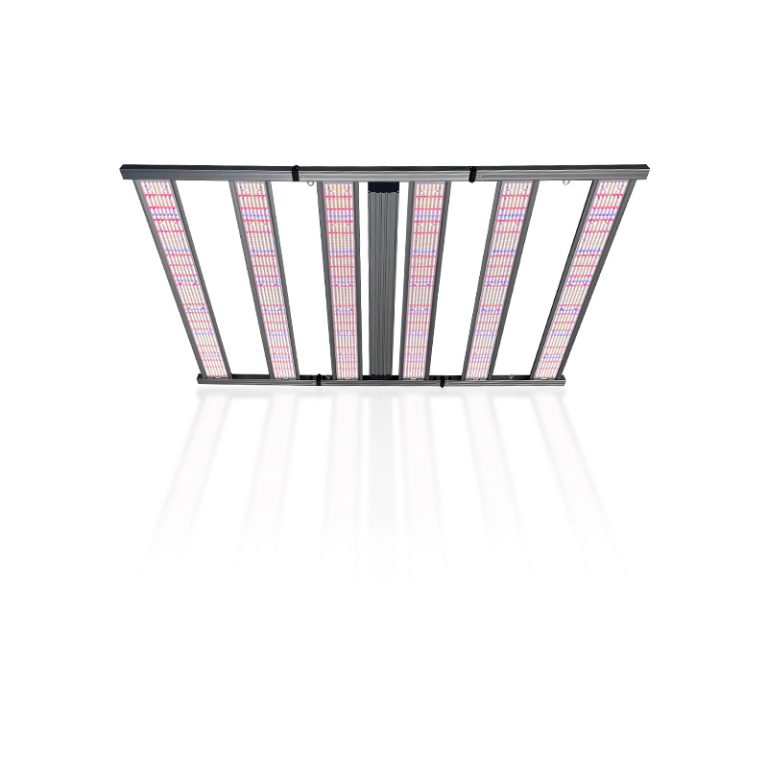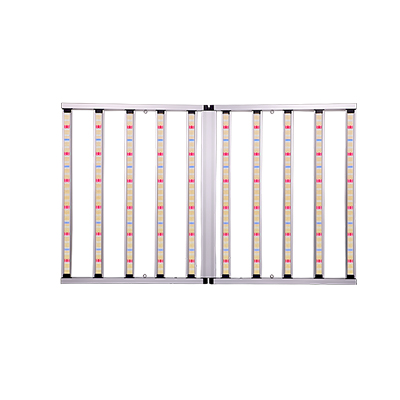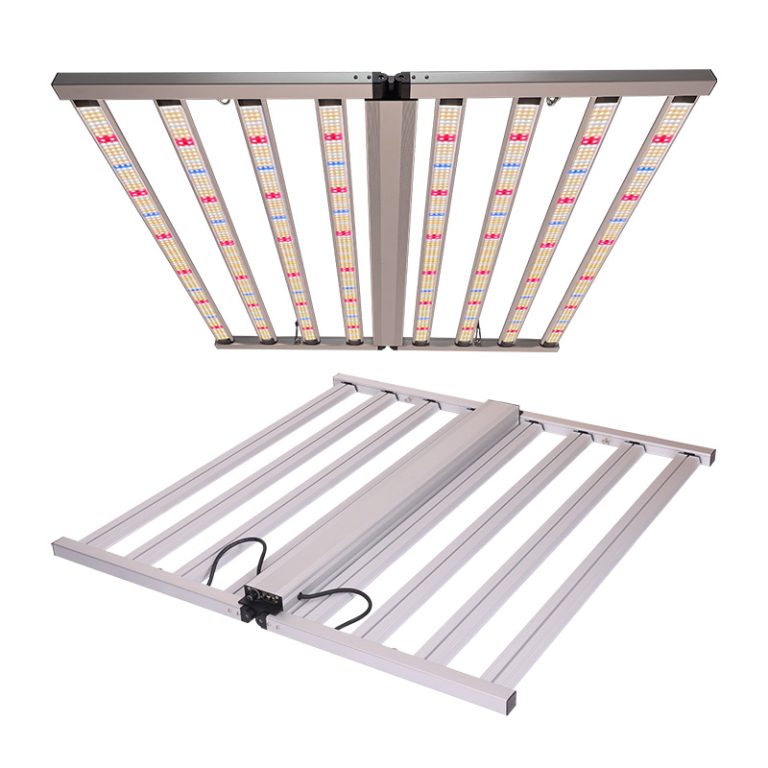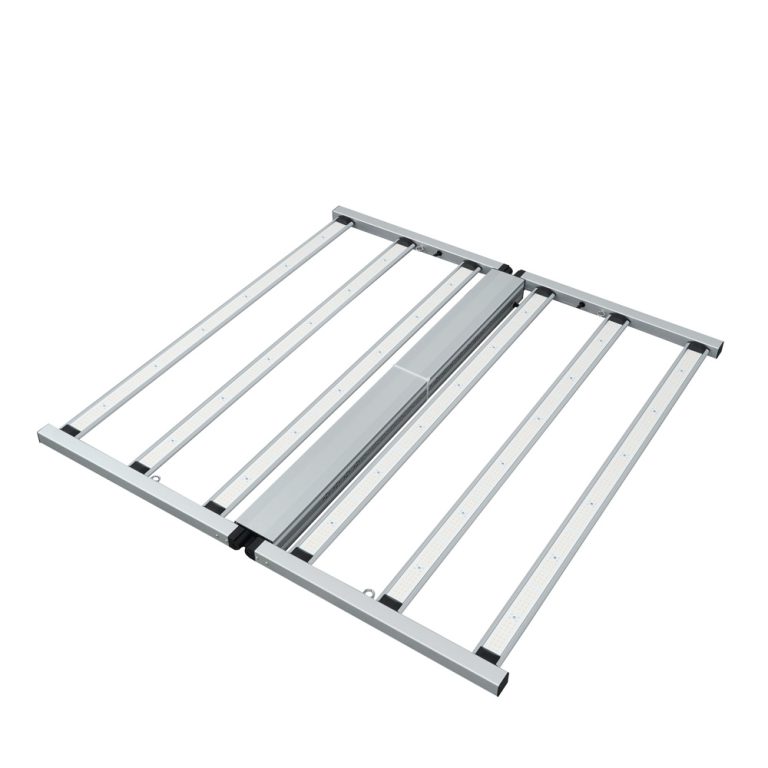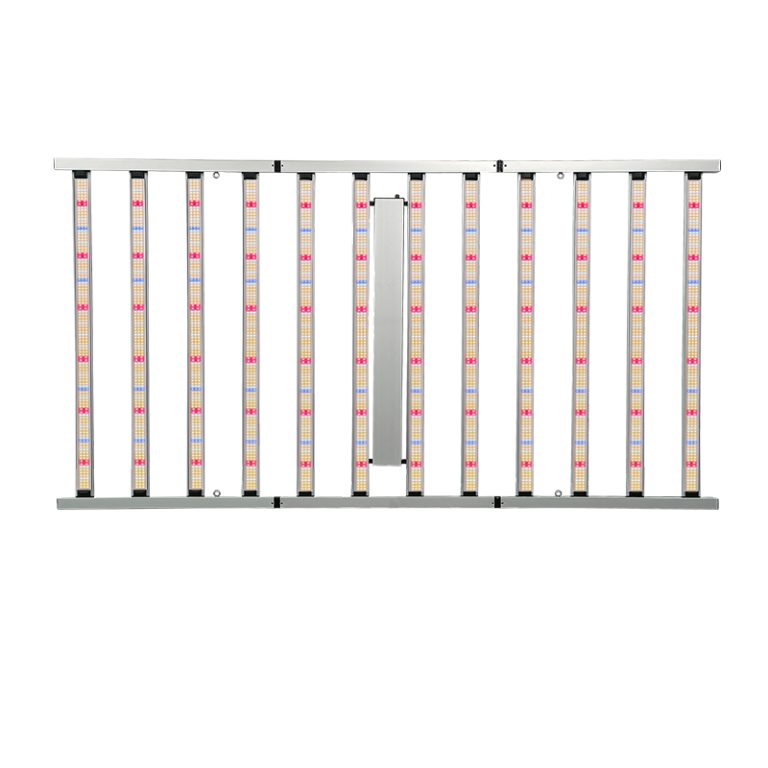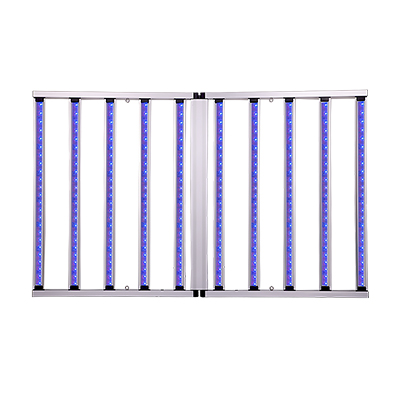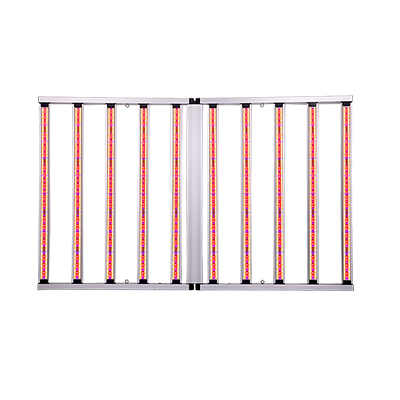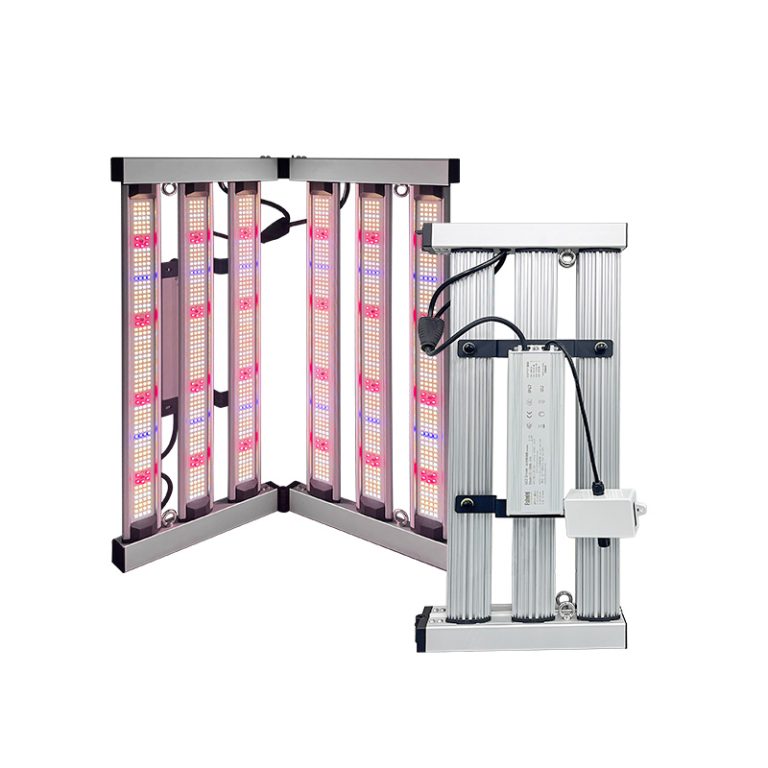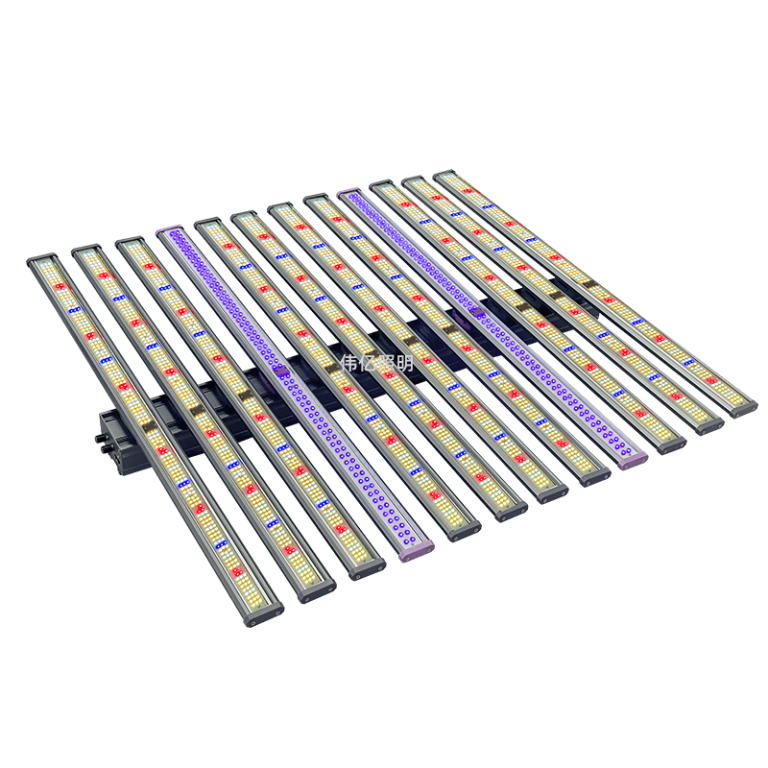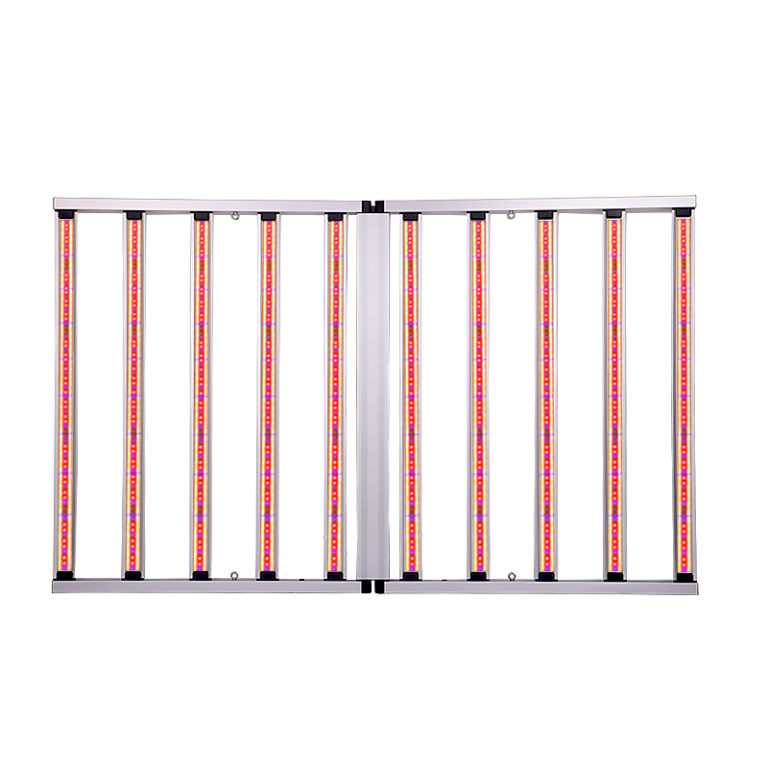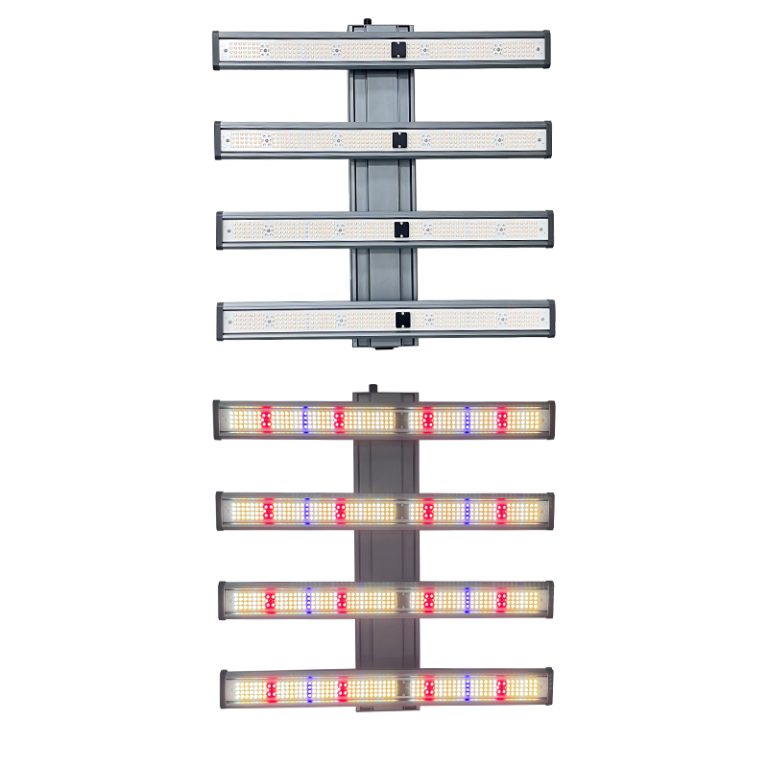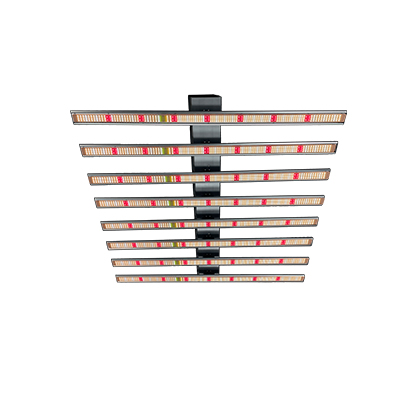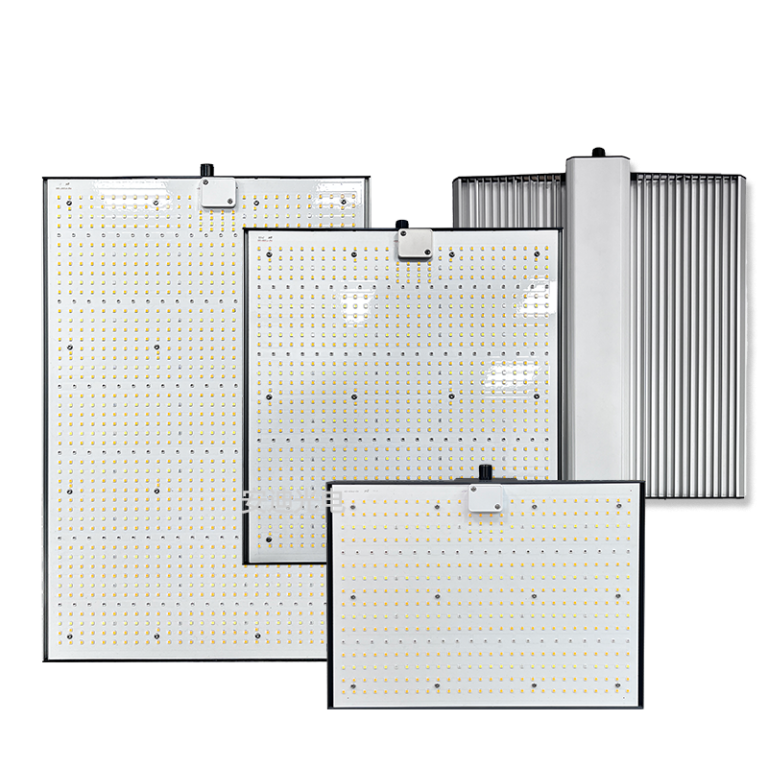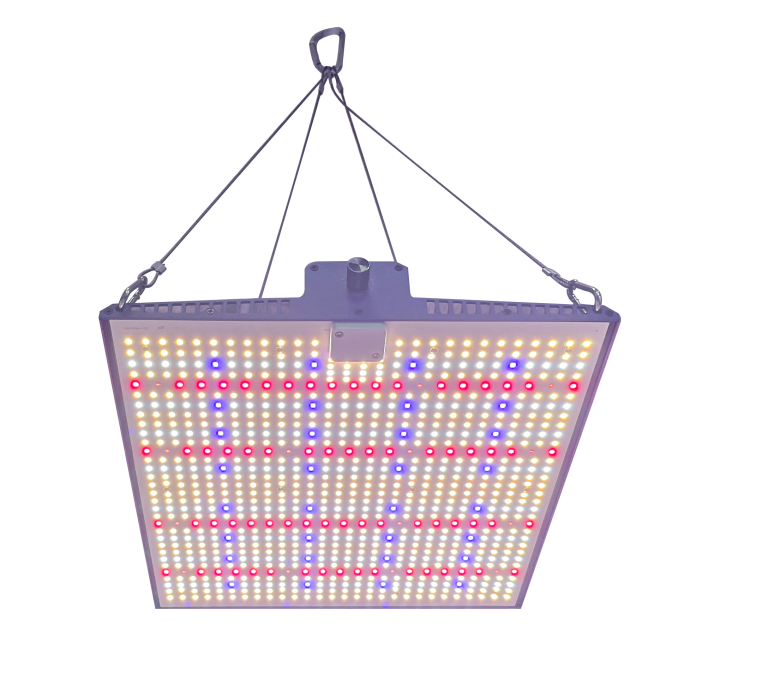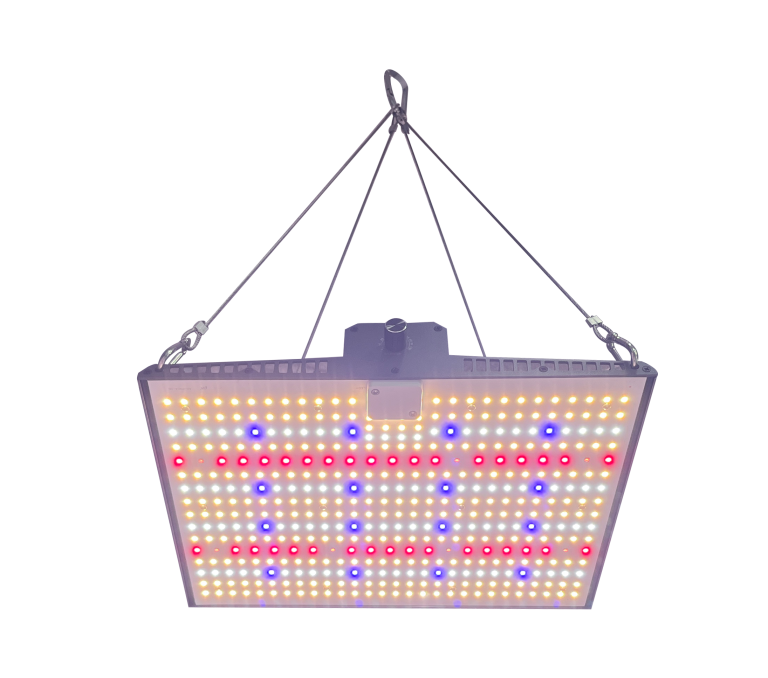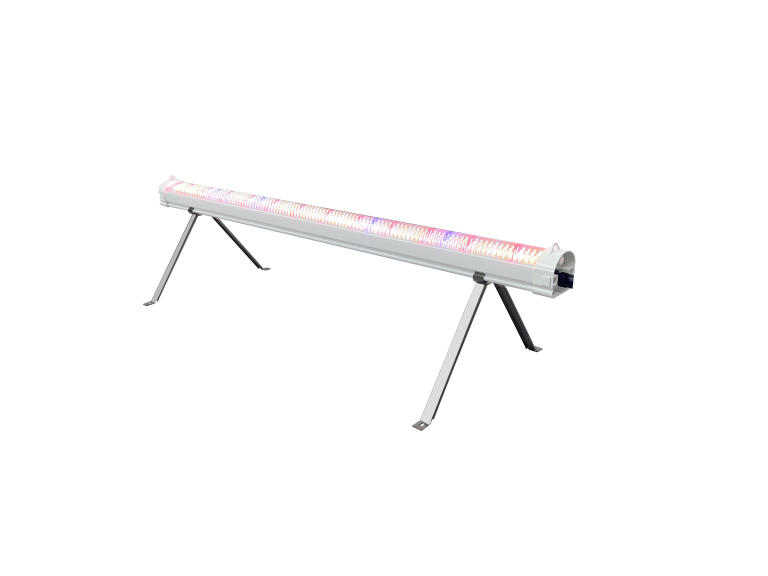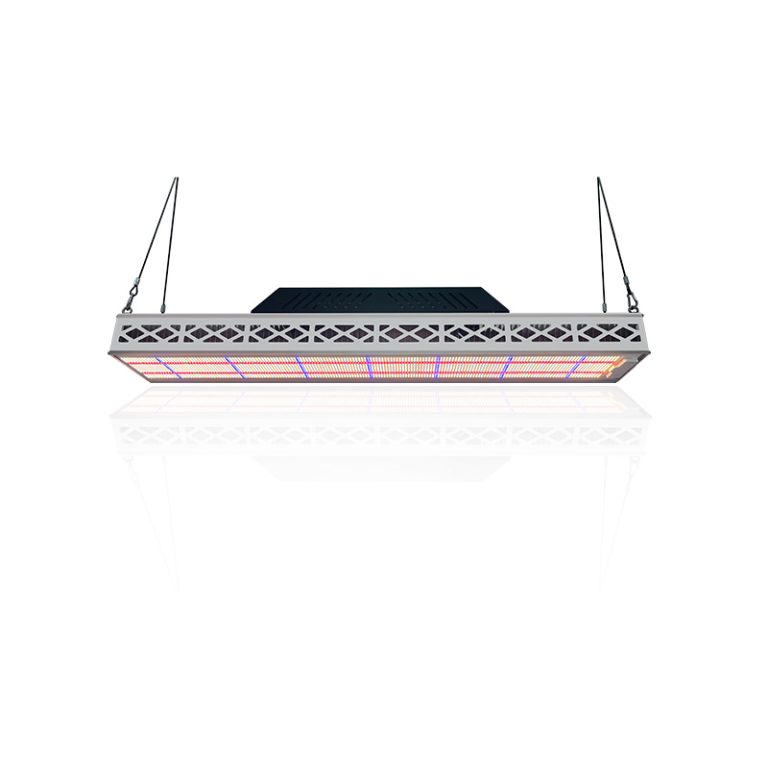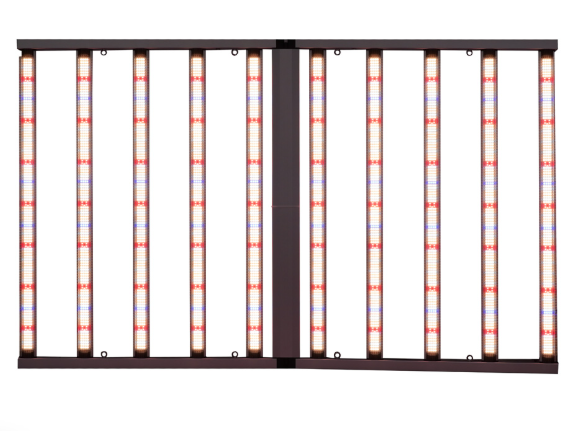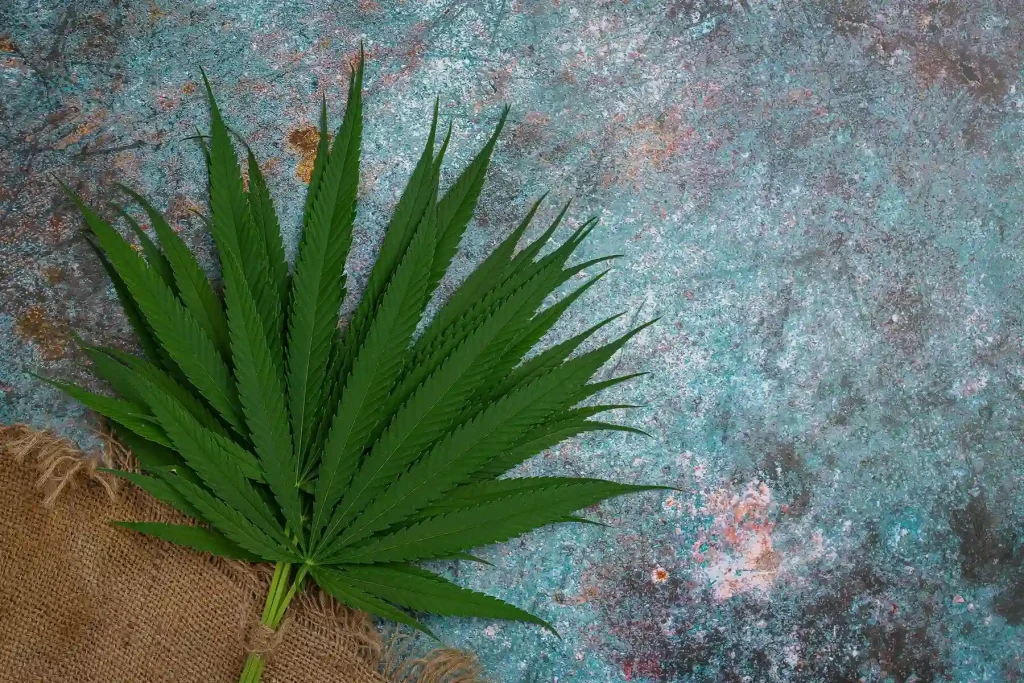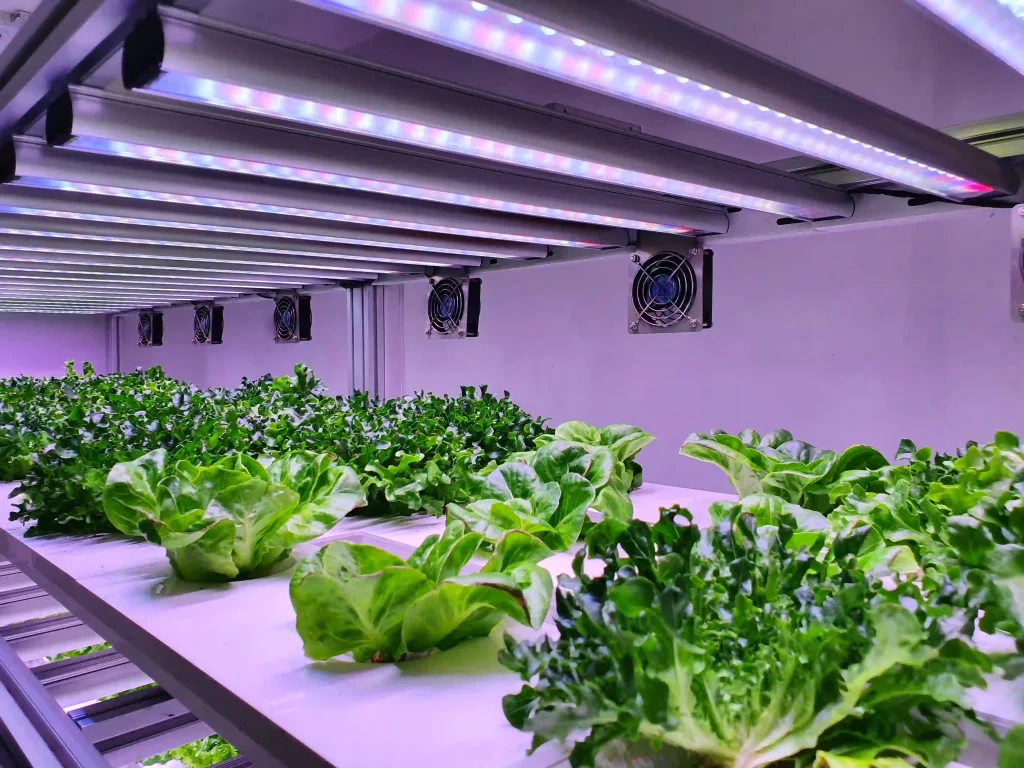Harnessing the Power of UV Grow Lights
The Science Behind UV Light in Plant Growth
UV growing lights have become equipment in modern farming practices, like hemp cultivation. Ultraviolet (UV) light is classified into three types: UVA, UVB, and UVC. Each variation of UV light contributes uniquely to plant development by affecting biological functions. For instance, UVA rays support photosynthesis and can boost the plants’ innate protection mechanisms, whereas UVB rays are recognized for stimulating the production of vital secondary compounds that contribute to plant vitality and resilience against pests. By grasping these distinctions, growers can enhance their lighting techniques to boost the growth and durability of plants.
Enhancing Photosynthesis and Plant Health
Using UV grow lights can greatly increase photosynthesis in plants by helping them convert energy into chemical energy more efficiently through enhanced chlorophyll production, and healthier growth results as a beneficial outcome of this process improvement.Andyled offers products like the 1000 W + 100 W (UV) Foldable Grow Light with dual channel dimming features that enable light intensity for optimal photosynthesis throughout all stages of plant growth.
Increasing Crop Yield and Quality
The use of UV grow lights has an impact on boosting the quantity and quality of crops grown in agricultural settings. UV lights emit light wavelengths that can activate the generation of vital oils and various compounds that boost the taste and effectiveness of hemp plants. Innovative products like the 1200-watt LED Grow Light with a 100-watt UV feature are tailored to optimize these advantages by providing versatility for different growth phases. This flexibility guarantees that plants receive the exact light spectrum required to thrive to their potential.
Different Types of UV Grow Lights
UVA, UVB, and UVC: Understanding the Differences
| Type | Description | Key Benefits |
| UVA | Longest wavelength; penetrates deeper into plant tissue | Enhances photosynthesis; improves stress tolerance |
| UVB | Medium wavelength; less penetration than UVA | Increases secondary metabolites; boosts pest resistance |
| UVC | Shortest wavelength; mostly absorbed by atmosphere | Not typically used in cultivation due to potential damage |
Selecting the Right UV Spectrum for Your Cultivation Needs
Choosing the UV spectrum is essential for achieving the desired results when growing hemp plants. Different growth phases may require varying levels and types of UV light. For example, during the stages of vegetative growth, having more UVA light can promote strong and healthy growth, while increasing UVB levels during flowering can boost resin production. The 1500-watt + 100-watt (UV) Trifold Two Channels Dimming LED Grow Light allows for adjusting output currents through its 0 to 10-volt output cable, giving control over light intensity tailored to specific requirements.
Benefits of Integrating UV Grow Lights in Cultivation
Disease Prevention and Pest Control
An important benefit of utilizing UV grow lights is their capacity to ward off diseases and manage pests in a manner by boosting a plant’s immune system against harmful organisms and deterring pest attacks using specific light wavelengths. This organic method of safeguarding plants lessens the need for chemical pesticides, fostering a wholesome growing environment. Andyled’s 640 W +100 W (UV) Foldable Grow Light leverages this advantage with its heat dissipation technology that prevents overheating and sustains ideal conditions for disease-free plant growth.
Improving Nutrient Absorption and Metabolism
UV grow lights are essential for boosting how plants absorb nutrients and process them effectively to support their growth and health better! A great example of this is the 800w + 100w (UV) Foldable Grow Light Dual Channel Dimming system—it’s energy efficient. Starts up instantly to give plants a steady light source without any annoying flickering or buzzing sounds.
By adding Andyled’ state-of-the-art LED grow lights to your farm, you can enhance growth conditions and guarantee long-term performance with features such as foldable designs for convenient setup and storage, broad input voltage compatibility (AC 110–277V) and generous warranties lasting up to five years. These products serve as all-in-one solutions for growers looking to maximize their harvests using cutting-edge lighting technology.
Practical Considerations for Using UV Grow Lights
Installation Tips for Optimal Light Distribution
When setting up UV grow lights in your farm, it’s important to make sure that the light is evenly spread across all areas where your plants are growing. One way to achieve this is by placing the lights so they cover every part of the plant canopy. Andyled’s foldable grow lights like the 640w + 100w (UV) Foldable Grow Light provides flexibility in how you set them up, allowing you to adjust the angles and coverage without having to take them. Having a design makes it easy to make changes and ensures that each plant gets enough light exposure for optimal growth.
Safety Precautions When Handling UV Grow Lights
When using UV grow lights for plants or other purposes, ensure safety by following protocols to protect both the plants and yourself from harm, like wearing protective gear such as UV-blocking eyewear and gloves during use. It’s also important to check the lighting system to make sure it’s working safely and effectively. The 800-watt Foldable Grow Light with 100 watts of UV light is designed with advanced heat dissipation technology to prevent overheating, making it safer to use.
Andyled: Innovating with Advanced Lighting Solutions
Overview of Andyled’s Product Range
Andyled provides a selection of cutting edge LED grow lights tailored to suit different growing requirements. They are well known for their efficiency, in lighting intensity adjustment and sturdy build quality. Andyled stands out for its OEM and ODM services that cater to specific brand needs from design and development to manufacturing.
Foldable Single Channel Dimming Grow Light Features
The foldable single channel dimming grow light series by Andyled includes models like the 1000W Single Channel Dimming LED Grow Light and the 1200W Single Channel Dimming LED Grow Light. These products boast high efficacy of 2.9 µmol/J, ensuring plants receive optimal light while minimizing energy consumption. They also feature an original full spectrum design that mimics natural sunlight, promoting healthy growth at every stage.
FAQ
What is the ideal duration of UV light exposure for plants?
The optimal length of time for exposing plants to UV light differs based on the type of plant and its growth phases. Typically, it is advised to expose plants to bursts of UV light to prevent harm while still getting the advantages of improved photosynthesis and increased production of secondary metabolites.
Can UV grow lights replace other types of grow lights?
UV grow lights are designed to work alongside types of lighting rather than serving as standalone solutions, as they offer additional wavelengths that promote the growth and well being of plants effectively when used in conjunction with full spectrum lighting setups.
Are UV growth lights harmful to humans?
Indeed! Excessive exposure to UV rays can pose risks to health by potentially leading to skin burns or eye injuries; hence, it’s crucial to adhere to safety protocols when using such lights.
How do I know if my plants are getting too much UV light?
Plants show signs of much sun exposure when their leaves get burnt or change color, which can be prevented by keeping an eye on how they react to light and making adjustments as needed to avoid harm.
Do all plants respond to UV light in the same way?
Each plant species reacts differently to UV light depending on their composition and environmental adjustments they’ve made over time. It’s crucial to grasp the requirements of each plant in order to maximize growth conditions using UV lighting.
By incorporating Andyled’s cutting edge lighting solutions into your farming methods, you can unlock the advantages of UV technology to boost crop productivity and quality, while also guaranteeing a secure and effective operation in different growing settings.

